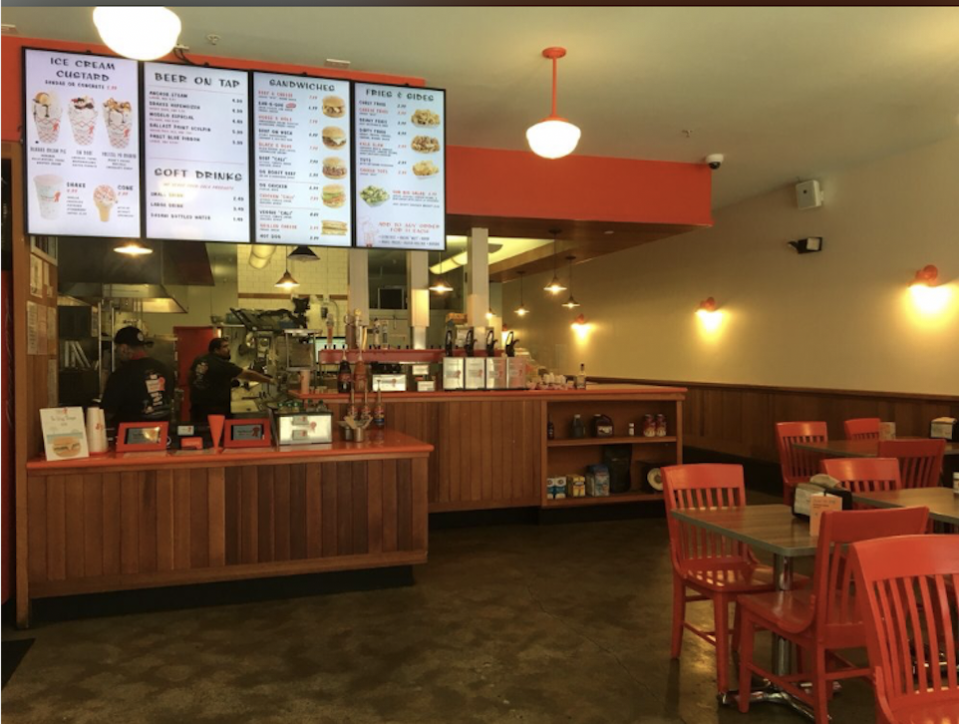Restaurants go virtual to take on Grubhub, UberEats challenge
Restaurants are going virtual.
With the rise of delivery apps like Grubhub (GRUB), Doordash and UberEats (UBER), more and more dine-in restaurants are adapting to the idea of solely serving customers through digital platforms.
That means no chairs, no servers — and no physical storefronts.
“We decided to go virtual when UberEats approached us about their new pilot program that was being tested in select markets,” Top Round Roast Beef Head Chef & Owner Ricky Lopez told Yahoo Finance in an interview. “I knew right away it was something we needed to do.”

Lopez, who owns three “virtual restaurants” in addition to one traditional eatery, is able to operate his virtual chains as extensions of his popular brick and mortar location. According to Lopez, it keeps costs down while driving business up.
“We’re able to do all these virtual restaurants through the same kitchen line and the same kitchen crew so we really haven't had [additional costs],” Lopez said.
“These ‘virtual restaurants’ have increased our business, so we’ve added one extra cook, but that’s really the only extra cost,” he explained. “That’s nothing compared to opening up three brick and mortar locations.”
Bricks vs. Clicks
While some chains like Jimmy John’s don’t trust third-party delivery apps to fully satisfy consumers, the majority of fast-casual brands like McDonald’s (MCD) and Chipotle (CMG) are racing to cash in on the trend.
According to a new report cited in The Atlantic, off-premise spending — aka spending that occurs outside a restaurant’s walls — is projected to account for over half of restaurant spending in 2020. It will make up as much as 80% of the industry’s growth in the next five years.
Still, Lopez believes traditional restaurants are not going anywhere any time soon.
“While I do believe delivery services will be a great part of the restaurant industry's future, I think ‘virtual restaurants’ will only be a very small part of [it],” he surmised.
“I think running ‘virtual restaurants’ out of an existing brick and mortar-established restaurant is a great way to increase sales — if the space and team have the capacity to do so,” Lopez said.
“Realistically, I don’t think ‘virtual restaurants’ are something that the majority of restaurants can accomplish due to kitchen size, equipment availability and being able to create multiple menus and cuisines that can be executed simultaneously,” he added.
And when it comes to ‘ghost kitchens’ — delivery-only operations with zero customer interactions — Lopez isn’t as confident, despite his own “virtual restaurant” success.
“I do not believe a 100% ‘ghost kitchen’ has a strong chance of surviving in this industry,” he said.
Alexandra Canal is a Producer at Yahoo Finance.
Read more:
Why Jimmy John's 'doesn't trust' third-party delivery apps like Grubhub, Uber Eats
An economist says Trump is right: Investment is down and the Fed should help
Couple who retired at 31: This tip can help you 'hand in your notice' early
Why this former NFL player is launching a business school program for inmates

 Yahoo Finance
Yahoo Finance 
